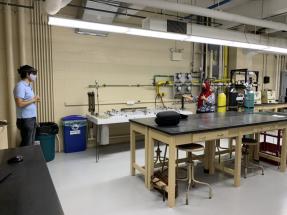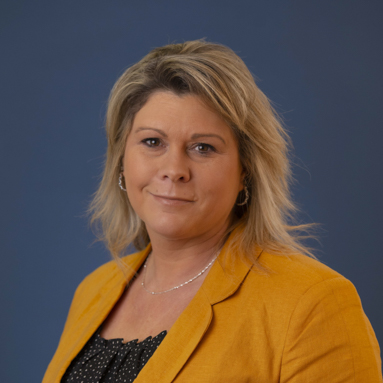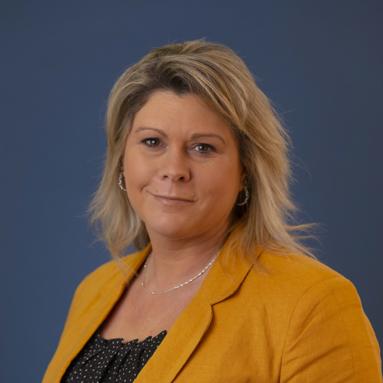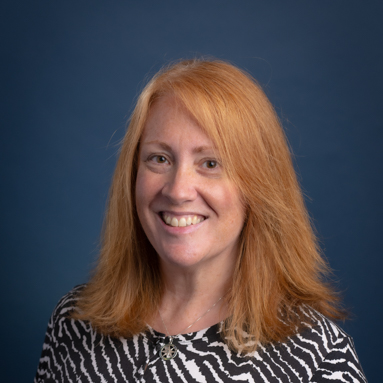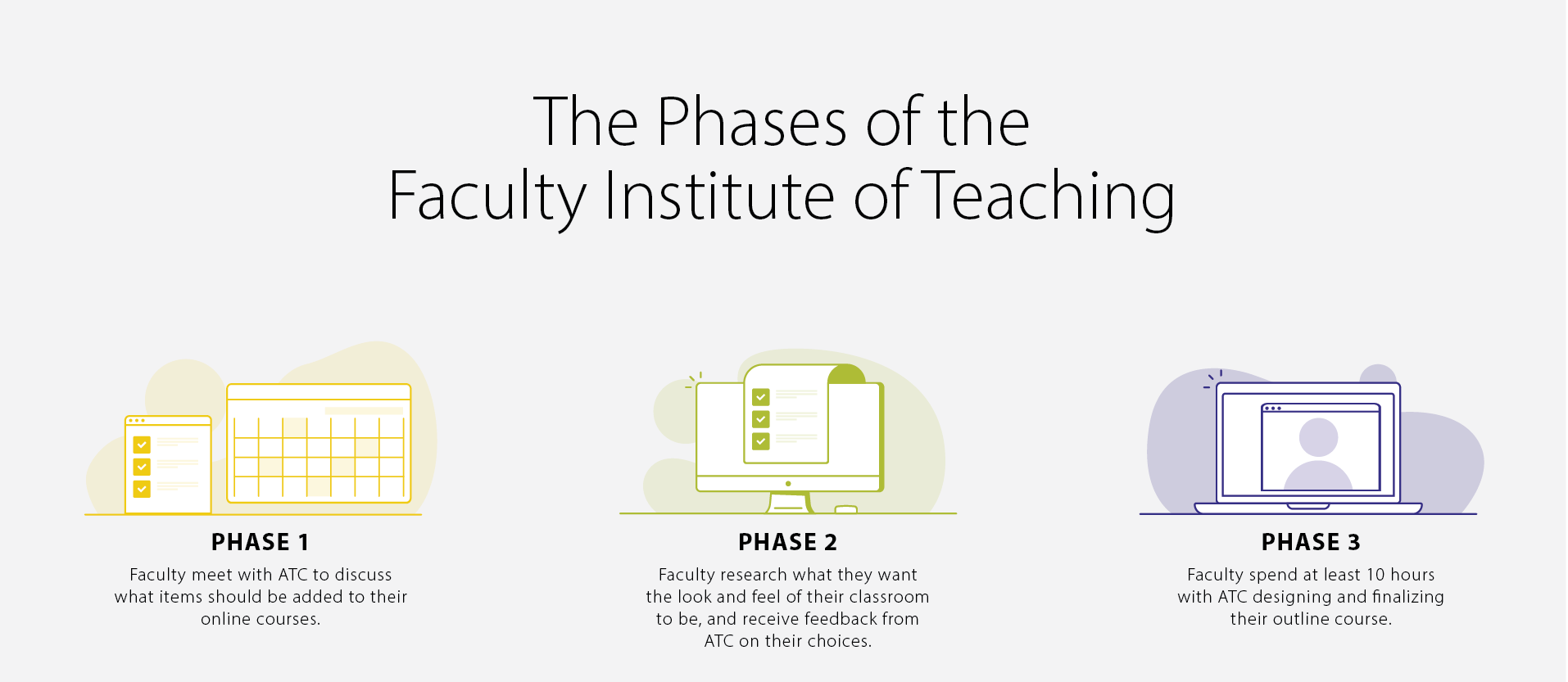Editor’s Note: This is the second installment of a three-part series examining how WPI is reimagining its distinctive education amid the COVID-19 pandemic.
Part 2: WPI faculty gain even more technical skills as online, hybrid, and in-person classes are planned for the fall. Read Part 1 here.
As WPI faculty gear up for the fall semester, they will augment their traditional classroom teaching techniques with new skills gained from enhanced training through Undergraduate Studies, Academic Technology Center, Graduate Studies, and the longstanding Morgan Teaching & Learning Center.
Chrysanthe Demetry, professor of mechanical engineering and director of the Morgan Teaching & Learning Center, says that faculty members have learned a lot about flexible teaching since D-Term 2020. In particular, she notes that they have embraced the challenge of transitioning from the familiarity of face-to-face instruction to the greater amount of planning that high-quality online teaching demands. “We are really committed to high-quality education and student success, regardless of modality,” she says.
Building the Framework
That commitment, pushed by the COVID-19 pandemic and then paired with pedagogical and technical help, prepared faculty to teach flexibly in a short period of time, and for the long haul.
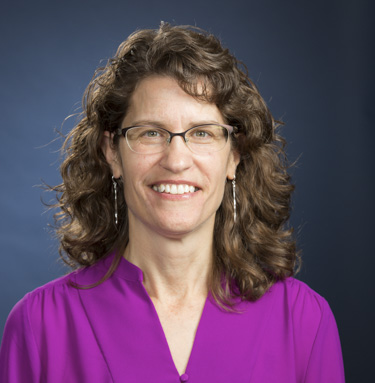
Reflecting on lessons learned in D-Term—when WPI sent its community to work, learn, and teach from home in March—faculty members have since demonstrated a willingness to learn and revisit core principles of effective teaching, especially for online formats, and expanded their teaching toolkits.
Because of this, teaching and learning opportunities have a bright future in the approaching school year. “We’re confident that we’re going to provide high quality hybrid and online learning experiences this fall, given the considerable amount of training and experience that faculty have gained over the summer,” says Demetry.
Part of that experience and preparation entailed faculty members working with Caitlin Keller and her team in ATC (and IT, which did the considerable technical work of moving classes online) to determine how their courses would look online. Faculty members had to consider what topics to cover, how to adapt teaching materials to an online format, and how to design student assignments such as homework and quizzes.
Building faculty members’ courses like this “let us highlight the differences between in-person and online teaching,” says Keller, an instructional designer. “We helped break down how faculty can interact with students while they’re on screen instead of in a classroom, and find the natural breaks during videoed lectures. We’re making things digestible, and keeping the rigor of in-person classes.”
Valerie Smedile Rifkin, an instructional designer for the ATC, considers input from Graduate Studies, which is led by Jody Reis, associate director of program delivery, and factors like engagement and flexibility when she and her team look at students’ return on investment with online learning. “We always look at what students need out of these classes, how to measure these classes so that they achieved their goals, and whether they aligned with learning outcomes,” Smedile Rifkin says.
